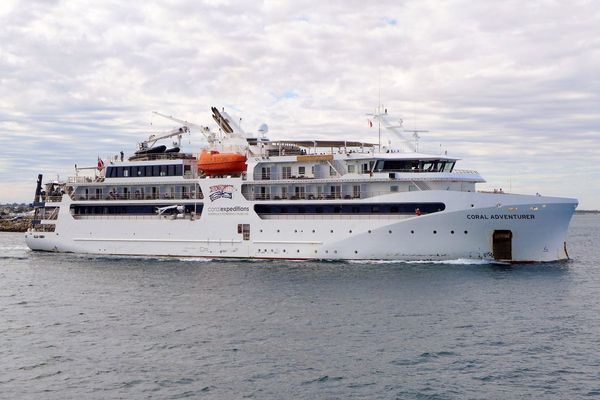
OceanGate CEO Stockton Rush, who was among the five passengers who died in the Titan submersible on June 18, was an ambitious entrepreneur with “a fatal flaw,” according to Insider.
Rush’s vision of establishing a “SpaceX for the oceans” reflected Silicon Valley’s “move fast and break things” approach, pushing the boundaries of innovation, often risking safety, the outlet reported.
Like Tesla CEO Elon Musk and Meta CEO Mark Zuckerberg, Rush displayed the typical confidence and hubris often seen in entrepreneurs who believe the world fails to grasp the full scope of their endeavors, sources told Insider.
Titan, the submersible operated by American tourism and expeditions company OceanGate, imploded during an expedition to view the wreck of the Titanic in the North Atlantic Ocean off the coast of Newfoundland, Canada. On board, the submersible were Stockton Rush, the CEO of OceanGate; Paul-Henri Nargeolet, a French deep-sea explorer and Titanic expert; Hamish Harding, a British businessman; Shahzada Dawood, a Pakistani-British businessman; and Dawood’s son, Suleman.
While the incident shocked the world, many industry experts saw the disaster approaching.

“Few of us ever have a fatal flaw, and Rush did,” said Arnie Weissmann, the editor-in-chief of Travel Weekly, to Insider. “He thought he was right, or he wouldn’t have gotten in [the submersible] and piloted it, but that was a fatal flaw.”
“Rush was the local version of Elon Musk,” said John Lundin, a friend of Rush, to the Everett Herald last month.
According to Guillermo Söhnlein, who co-founded OceanGate with Rush in 2009 but left in 2013, the company’s initial vision was centered on helping to establish underwater cities in the future.
To achieve this, the company wanted to create submersibles the size of “little buses” that could carry several people to the depths of the oceans, Söhnlein told Insider.
“That’s another reason we kind of called ourselves internally SpaceX for the oceans,” he added. “We were solving the transportation problem for these future underwater communities.”
However, according to reports, the company often overlooked safety protocols and regulations, arguing that they hindered innovation. Rush had purposefully asked for the hull of the Titan submersible to be designed using carbon-fiber composite, a lightweight material instead of conventionally used titanium steel, according to a report by Insider. The carbon-fiber hull is suspected to be one of the main reasons for the implosion since the material most likely collapsed under the intense pressure of the ocean, as mentioned in the report.
Produced in association with Benzinga
Edited by Bhujaya Ray Chowdhury and Judy J. Rotich






